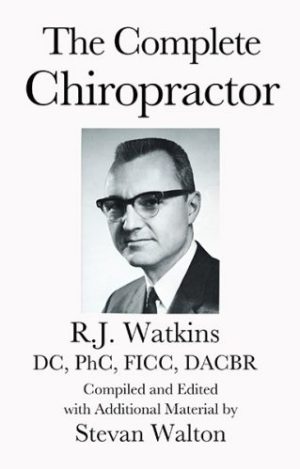Description
Ratledge Philosophy Volume 2
“Dr. D.D. Palmer, in the early days, might have selected a more appropriate name for our science, -it fails to describe the science of chiropractic or its philosophy. This is unfortunate.
Freeing nerves from obstructive pressure could have been –and should have been- the universal keynote to all chiropractic expression.
In the matter of subluxation, it is my personal conclusion, relative to my personal knowledge of the manner in which D. D. Palmer, himself, described subluxations, that the term implied definite relationship to obstructive pressure on nerves. I would favor a chiropractic definition relative to subluxations to this effect: A vertebral subluxation is any relationship between any two contiguous vertebrae, either permitting, or causing, a degree, or degrees, of mechanical pressure upon a nerve, or nerves, sufficient to obstruct the transmission of nerve energy. Variations not causing pressure on nerves should not be classified as subluxations. Impingement of nerves, or nerve tissue, should be the criteria.
The definition of chiropractic philosophy, science and art and chiropractic practice should be defined for the rank and file of the profession.” – from the book
Ratledge Philosophy Volume 2 Contents
Chapter I. The Human Body
Chapter II. Life And Health
Chapter III. Chiropractic Wisdom
Chapter IV. Medical Practice
Chapter V. Physiologic Interpretation
Chapter VI. Adjusting
Chapter VII. Mental Health
Chapter VIII. Therapy






